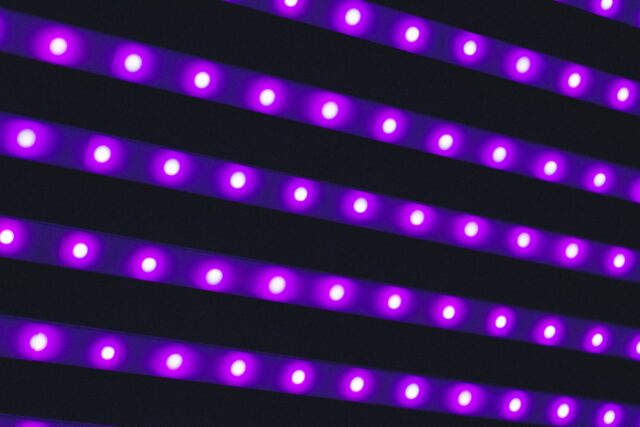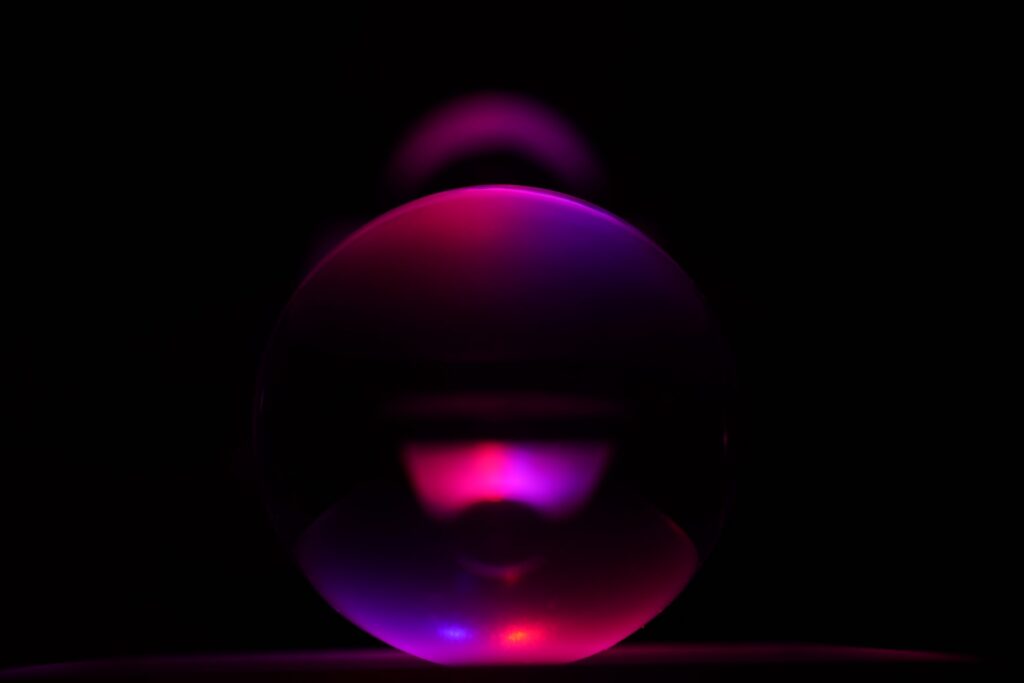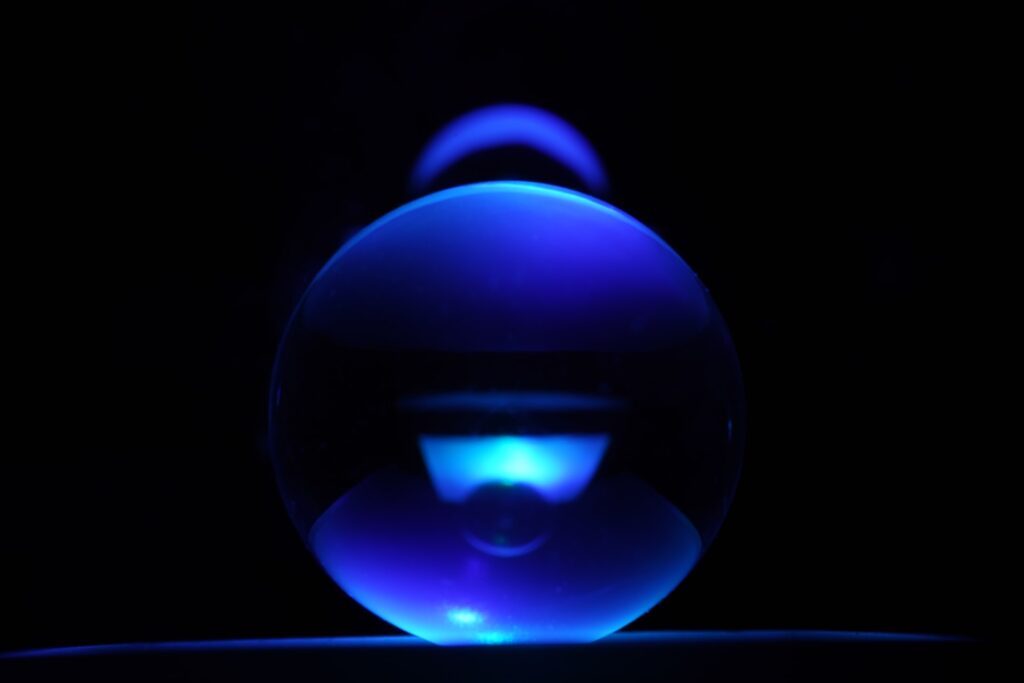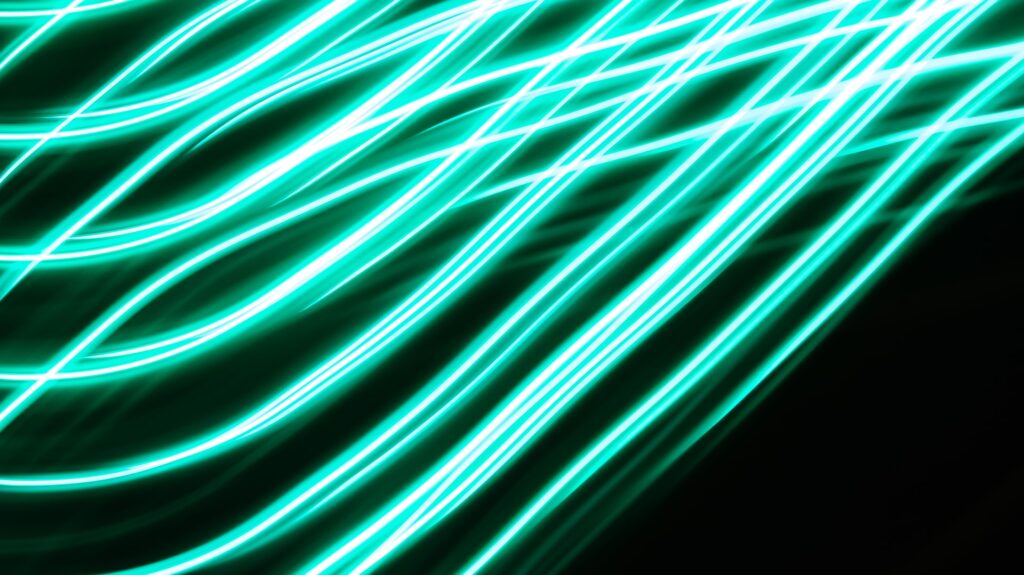
The process of photosynthesis can fully take place only if there is enough light. Having in mind to grow cannabis indoors, probably, you have already looked up some information about lighting systems. It’s no secret that growing plants indoors using artificial lighting gives good results. And LED photo lamps are more often used as light sources. You can also find lots of tips on growing cannabis on 420growradar.com.
So what is so good about LED plant lamps, and what do you need to know before buying one? Let’s figure it out!
1. Why Use Artificial Lightning for Home Plants?

All plants need light. One of the most significant biological processes, photosynthesis, takes place in leaves under its influence. As we know, in this case, the energy of light with the participation of carbon dioxide, consumed from the atmosphere, is converted into carbon and oxygen. Carbon, in combination with minerals from the soil and the participation of pigments — chlorophylls a and b — is used to build leaves, stems, and fruits. For most of the year, there is very little light for the plants. And those who grow them indoors face lots of problems because of this factor. This is where LED lamps can come in handy.
2. Difference Between LED Lamp and Phytolamp
The difference between a LED lamp designed for the household lighting and a phytolamp is visible to the naked eye. The body of a high-quality LED plant lamp is made of ribbed aluminum, which is a radiator at the same time. This is the only way to dissipate power over 10 watts effectively. Conventional household LED lamps are made in a perforated plastic casing or thin aluminum coated with thermally conductive plastic.
The emitting surface of the flower and plant LED lamp is flat so that the light spreads in one direction. The diffusion angle of LEDs for plants is usually 60° or 90°, which is achieved by individual focusing lenses. In conventional LED lamps, on the contrary, a diffuser is installed to obtain an angle of more than 200°.
In order to achieve improved color rendering in LED lamps for household usage, a light filter is installed that works in a wide wavelength range. Plants do not need the entire spectrum for full development. In most cases, exposure to red and blue rays with a small amount of orange is sufficient.
3. Why Use LED Phytolamps?
https://www.youtube.com/watch?v=d5XtXoQM9v8&ab_channel=JillianHolloway
Different indoor flowers need diverse light levels. From a lack of light, some plants stop blooming, and others begin to stretch out and hurt. So it’s pretty easy to come up to the conclusion about the relevance of phytolamp application based on your own observations. If you are sure that enough sunlight penetrates the room through the window, then it makes no sense to use LED lamps for indoor flowers or plants. Here are some of the advantages of LED lamps:
- High efficiency. This ensures low power consumption and excellent growth rates.
- Long service life. On average, this figure is 50,000 hours.
- Fire safety and low heat generation. This allows you to place the lamp as close to the bushes as possible and leave the plant without worrying about the temperature rise.
- As I have mentioned before, radiation here is only within the useful spectrum. Plants receive only the most useful photons and active photosynthesis.
4. How Many Lamps Do You Need?
The number of lamps you’ll need depends on several factors:
- the type of plants and the size of the flower garden;
growing places; - the distance between LEDs and leaves;
plant nutrition; - the type of LEDs and reflectors.
Before buying or assembling a phytolamp with your own hands, you need to find out how light-loving your plants are. Also, the closer the light source to the leaves, the more effective it is. It is necessary that all lamps illuminate the area with plants uniformly. You should not allow the distance of the LED phytolamp from the leaves to be more than 30 cm.
By the type of LEDs installed (their power and operating wavelength range), the efficiency of the LED lamp for plant illumination is determined. You can illuminate the entire window sill with cheap blue and red LED bulbs without getting the desired result.
In order to design a lighting system for plants properly, first, you need to set the required illumination level and calculate the total luminous flux of the future lamp. Then, the type and number of lamps can be determined.
5. Safe Installation

When you start installing many different lamps and reflectors, you need to do it carefully, especially if you are new to this. After installing all the necessary electrical equipment, you will have to deal with a strong current. If something is installed incorrectly, it can cause power surges, blackouts, and even fire. This can be very dangerous at high voltages.
But this is not the only dangerous thing that can take place. Some people use hydroponic systems for indoor plant growing. Water and electricity is a dangerous combination, as you know. Make sure everything is well-grounded, and you are safe in case of a leak. If you are new to this and lack experience with electricity and wiring, address a professional.
6. Top 3 Mistakes When Purchasing
Longing to experience the benefits of LED plant light bulbs as soon as possible, buyers make the most common mistake — purchasing untested products from China. As a rule, this is a promotional product or inexpensive LED lamps. Remember that there’s no such thing as a free lunch, and cheap products will unlikely to be quality ones. However, among the common LED lamps of famous brands, there are also many low-quality products.
The second mistake is buying LED plant products from some random, not specialized shops. You need to understand that a store is an intermediary that guarantees the performance of the product but not its effectiveness.
The third mistake is overtrusting everything that the sales assistant says. There are lots of dedicated forums on the Internet where you can find truthful information about specific models of LED phytolamps. So it’s better to make your own research before purchasing the product.
7. Several Notes Before Buying LEDs

That’s practically everything you should know about LED grow light before purchasing it. Understanding what it is, how exactly to use the product, and what safety precautions you need to take into consideration will help you choose the right one.







